Other Names: Ethylhexyl Salicylate, Octyl salicylate, EHS
Mode of usage pertaining to the discussion below: Topical application in cosmetics and personal care products.
What it is: Octisalate primarily absorbs UVB rays, providing protection against sunburn and other UVB-induced skin damage. It is less effective on its own, so it is often used in combination with other UV filters to enhance overall sun protection.
Safety in special situations:
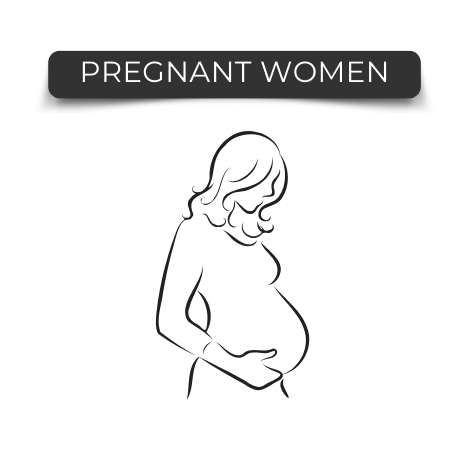
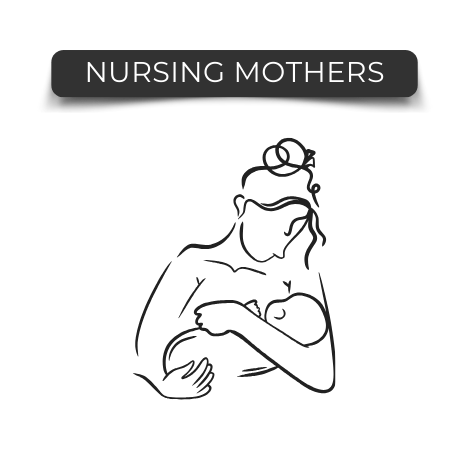
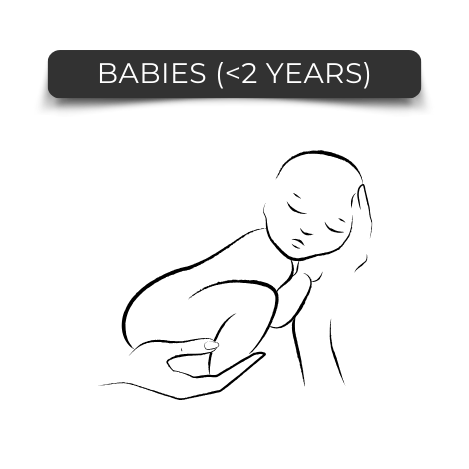

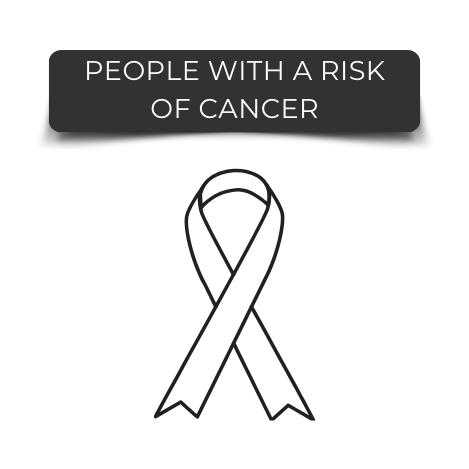
Note:
- Octisalate is considered a potential endocrine disruptor.
Environmental and Ecological Concerns:
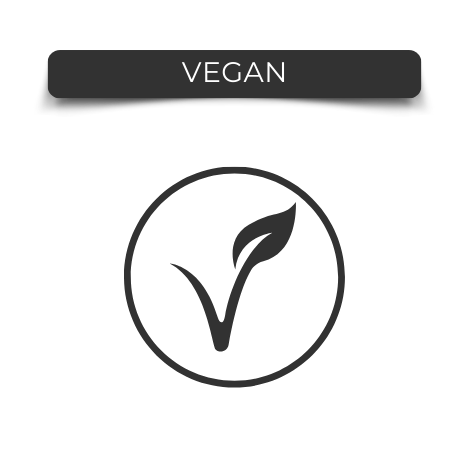

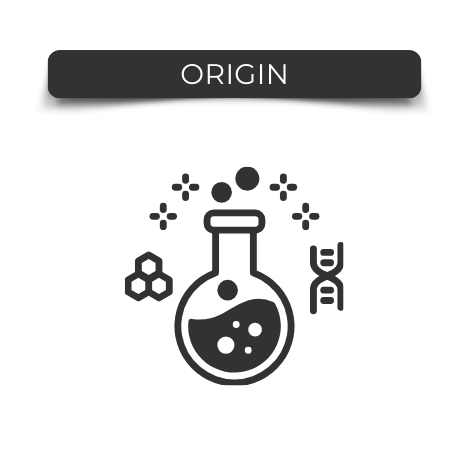

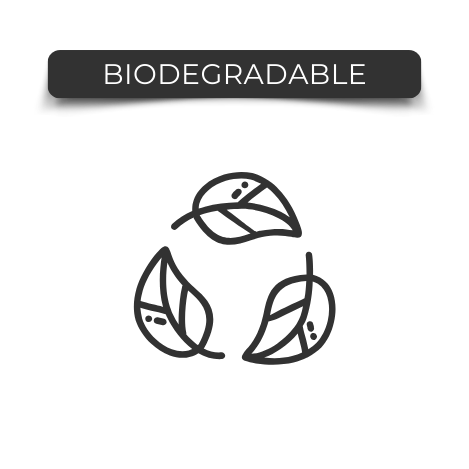

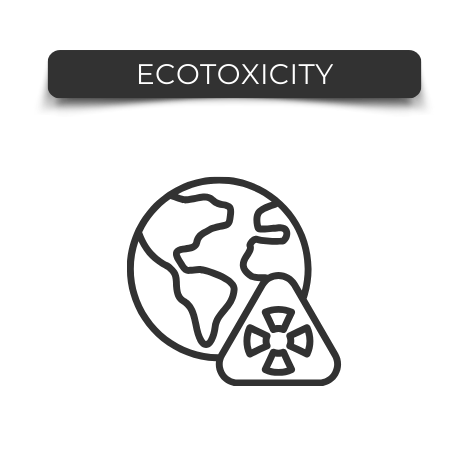
Attributes:


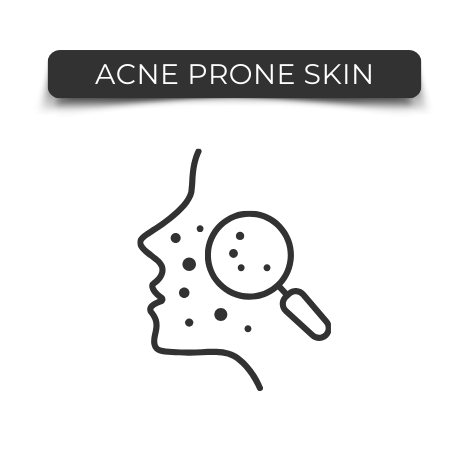

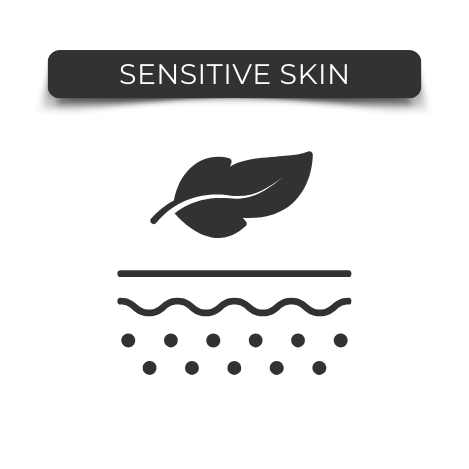

Note:
- Octisalate is considered a potential photoallergen
Safety Profile (Based on regional guidelines):
| European Union – CIR | Safe to use, as per current practice |
| European Union – SCCS | Safe to use, as per current practice |
| US FDA | Listed as Non-GRASE (Not generally recognized as safe and effective) Category III |
| ASEAN guidelines | Safe to use, as per current practice |
Conclusion
Octisalate is considered safe for use within the recommended concentrations, as per regional regulatory guidelines.
References
- https://www.accessdata.fda.gov
- https://european-union.europa.eu
- https://pubmed.ncbi.nlm.nih.gov
- https://www.ncbi.nlm.nih.gov
Disclaimer: The above information is based on ongoing toxicology research at CHOSEN®’s R&D. We do our best to update the information as and when the latest studies are available. If you have any inputs regarding the above information, please email us at ingredients@chosenstore.in
